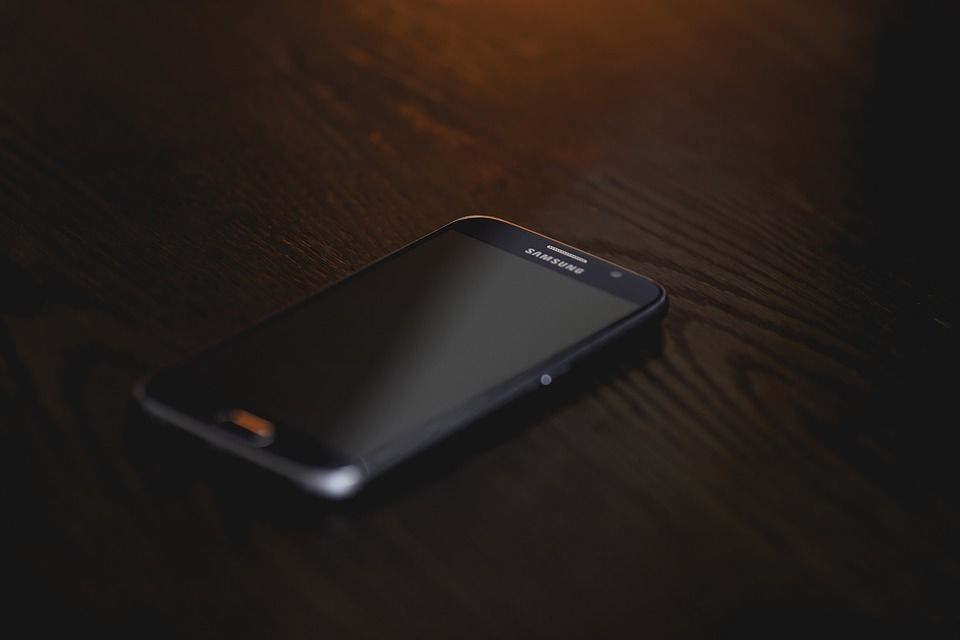All the statistics say the same thing: advertisers are moving to mobile. It is the fastest growing ad medium by far, with 49% growth forecast for this year.

The mobile platform is tremendously powerful, but the problem is that most mobile advertising sucks. Here are some of the reasons why and some things that can be done about it.
- Mobile banners are terrible. These tiny units do a poor job of communicating a brand message simply because of their size in what is already a tight user interface. The click-thru rate on these ads is microscopic, even more so if you believe the research that 60% of click-thrus are mistakes. If you insist on using these units – a lot can be bought cheaply across large networks – keep the messaging simple, like five words simple. Which brings me to the second failing of mobile advertising:
- The creative wasn’t made for mobile. No, you can’t repurpose that 728×90 leaderboard ad for mobile. The images and copy on it will render so small that nobody will be able to read it. Take the time and invest the money to have your designer create mobile optimized creative. Look for options like sponsorships and interstitials that make a stronger impression than a banner. That will improve both your brand messaging, and your interaction rate. Which is the next challenge for mobile advertising:
- The mobile interaction model is different. Once your brand figures out the right brand messaging, think hard about the result you want from the impression. A basic click-thru to a website doesn’t make a lot of sense, especially if the website the user clicks through to isn’t mobile optimized. A mobile user is unlikely to “surf” through a site. Instead go for quick, simple actions. Get the user to download an app, grab a coupon or purchase. The interaction, like the creative, should be optimized for the mobile environment.
- Good targeting is crucial. Mobile gives you the opportunity to be on the most personal of media, and if your advertising seems shotgun, it won’t connect. Understand the app you’re placing your ad on, and take advantage of any data you can get about the individual user to target just those people most receptive to your message.
- Location matters. The biggest opportunity for mobile advertising is the opportunity to know where the user is, so that messaging can take advantage of geo-targeting by identifying that user in space and pushing them the right message. If it’s lunchtime it makes sense for a quick serve restaurant to advertise. It makes even more sense if it’s lunchtime, and you know they’re on the move in that restaurant’s neighborhood.
We’re happy to help you optimize your mobile advertising or your mobile strategy. If you want input contact Beth Ayers or Bob Kernen at 248-353-9030, or email sales@jacapps.com.












